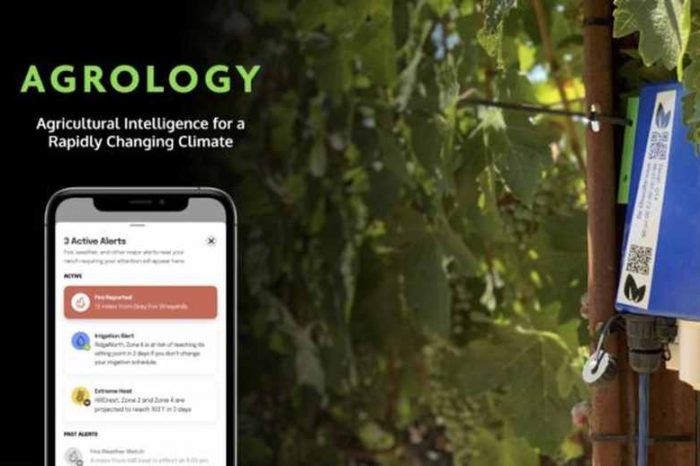A Guide To Peeling Back The Layers And Making Blockchain More Versatile

One of the most important issues for blockchain technology is its limited throughput. The blockchain can only process a limited number of transactions per second. That has led to the development of Layer-2 and Layer-3 solutions that allow crypto tokens to be transferred faster and more efficiently.
Blockchain doesn’t always scale well
Here’s the thing about blockchain: it can be slow and expensive.
Blockchain can be slow because every node in the network needs to verify each transaction. Therefore, the more transactions happening at once, the longer it takes to verify them. The process is called “block length” and can get pretty long in a highly congested network.
When block lengths become too long, users experience delays when sending funds or interacting with smart contracts.
In addition to being slow, blockchain can also be expensive. As more transactions occur, miners will prioritize the transfers with higher network fees. Those fees end up in the pockets of miners generating the next network block. Proof-of-stake networks can reduce fees to a minimum, which is why Ethereum switched to PoS in September 2022.
Enter Layer-2 solutions
Layer-2 solutions are off-chain solutions that use the blockchain to settle transactions. They offer faster and more scalable transaction processing than Layer-1 solutions. In addition, they provide extra features not found on the primary network.
These layers can create additional blockchains or act as sidechains that exist outside the main chain and have their rulesets. A notable example of a multi-chain infrastructure is Polkadot. Projects can acquire a native parachain slot. The parachain is tied to the Polkadot main chain for security but offloads all transactions to the dedicated network for the project.
Ethereum has several Layer-2 solutions on its network. Examples include Polygon, Arbitrum, Loopring, Immutable X, and xDai. Every L2 solution tries to provide different features and rules to extend Ethereum’s core functionality. However, they all receive Ethereum’s network security, making these robust solutions appealing in crucial industry verticals like NFTs, DeFi, and Web3.
Exploring the Layer-3/4/5 world
Layer-3 solutions are the next step in the evolution of blockchain technology. They allow for more advanced functionality than Layer-1 and Layer-2 solutions, but they don’t require the same kind of fundamental changes to the core architecture of a blockchain network.
The two primary ways that Layer-3 solutions for blockchain differ from previous generations of blockchain technology is that they’re not just about transactions anymore. Instead, they also support things like smart contracts, oracles, and other features that can provide users with additional functionality without requiring them to know how their networks work.
One could look at a Layer-3 solution as an API for building blockchain applications. Of course, developers must worry about the code, but they can virtually ignore the rest. Several such solutions exist, including Orbs and GTONNet. The latter is a Layer-2 network on Ethereum, but its native rollup technology can scale recursively to Layer-3/4/5 networks. Any business can run a permission L3 on top of the GTONNet Rollup, or Dapps can run native L3s to scale quickly.
The blockchain industry continues to grow and evolve. Potential drawbacks like scaling, speed, and efficiency are now turned into advantages through L2 and L3 innovations. These layers help scale to a mainstream-level throughput potential. A blockchain is like an onion, and each layer is a crucial cog in the machine.

